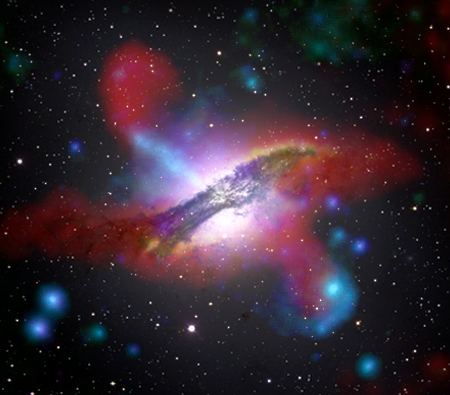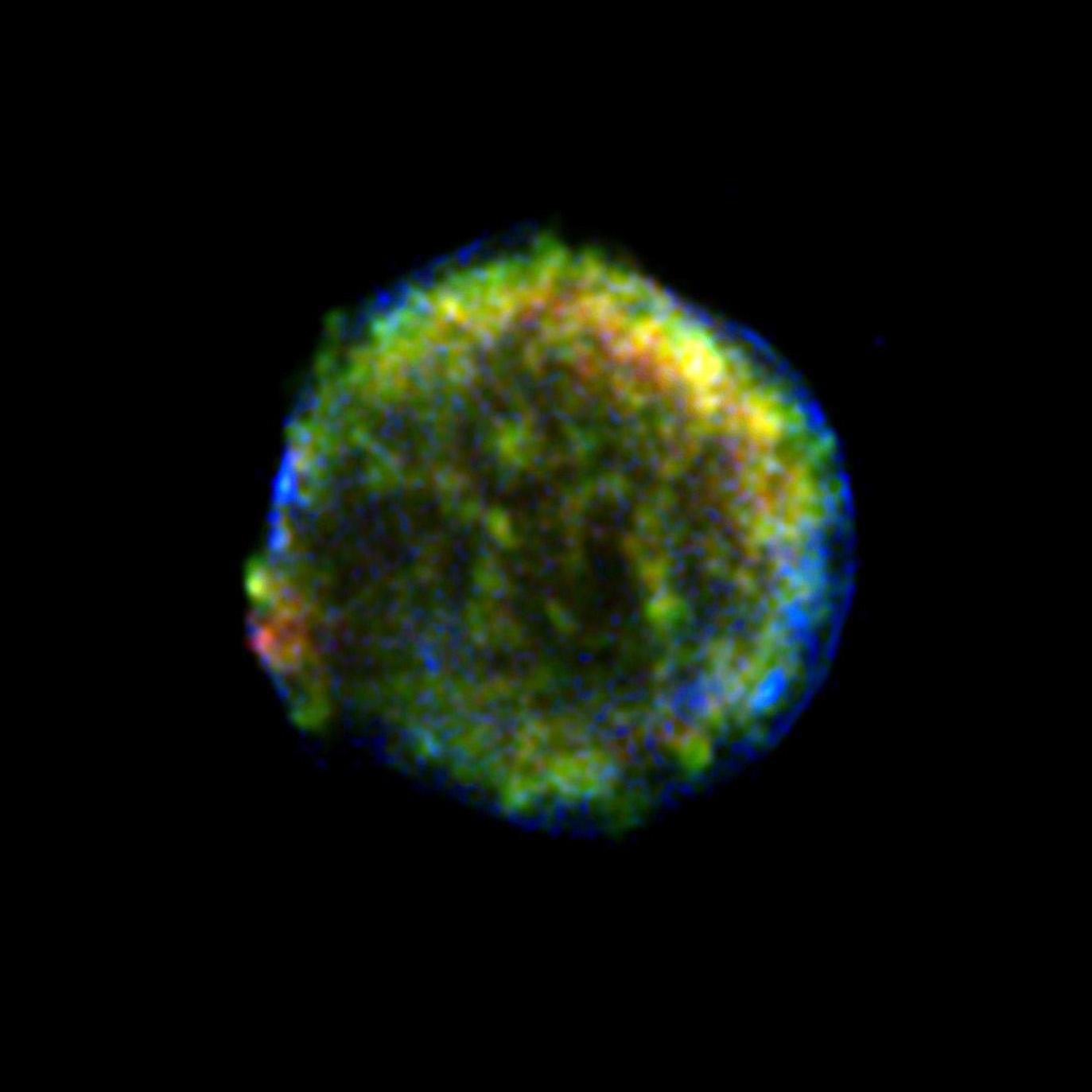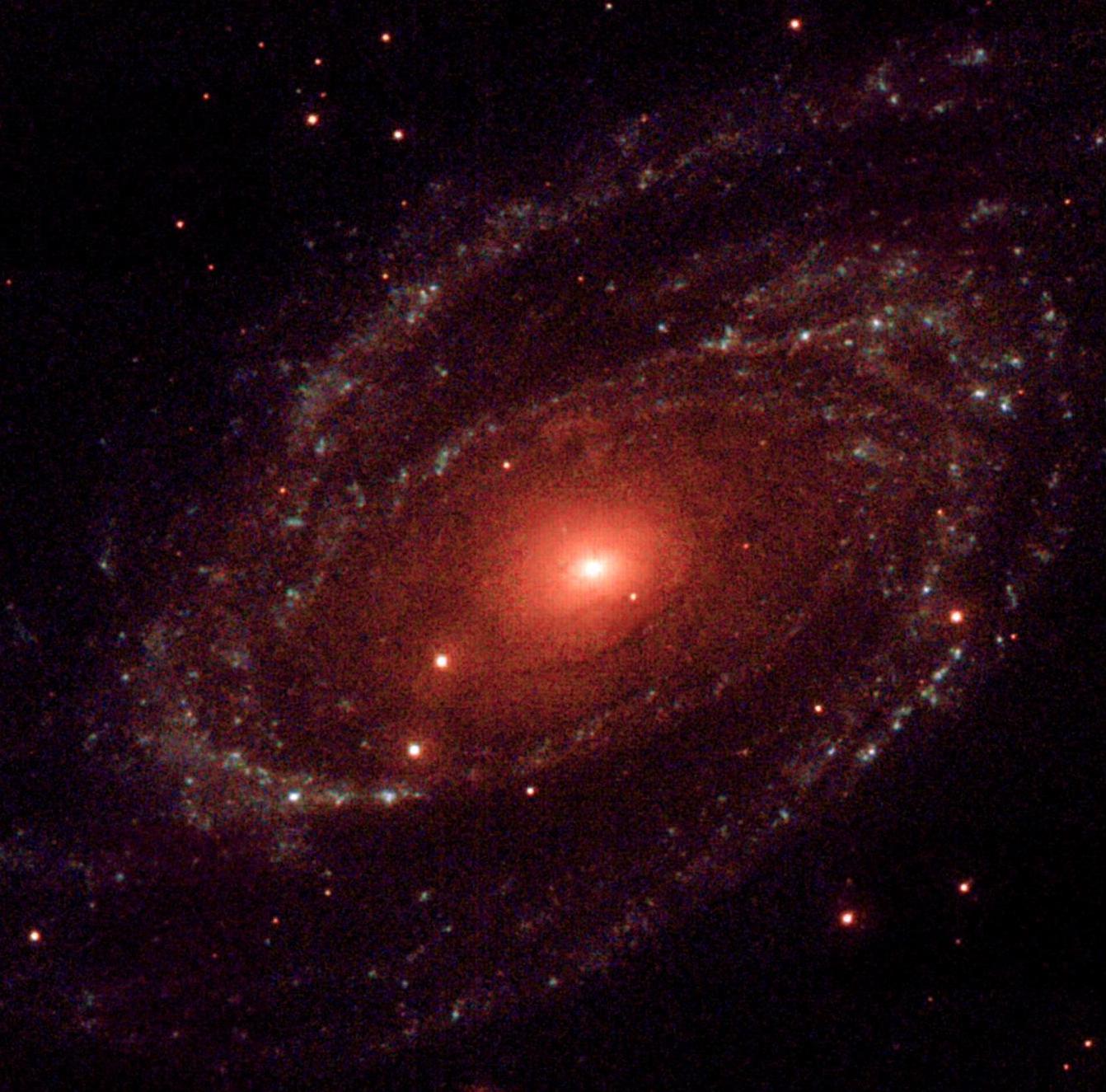

X-rays
Our eyes are sensitive to optical light (red to blue), but this is not the only type of light that exists. We can not see the other kinds of light as our eyes are not sensitive to it, but our bodies can detect it in other ways, for example our skin tans thanks to the ultra-violet light and we can feel the heat from an infra-red source. Our computers can detect radio waves (wireless) and we can use micro-waves to cook our food. The most powerful light is X-ray light (which we use for an X-ray at the hospital) and gamma-ray light (produced by an exploding nuclear bomb). If we detect X-ray light, we know that it was a powerful (energetic) object that produced it, so if we observe the sky in X-rays we can detect some of the most energetic objects in the Universe!

The X-ray catalogue
The X-ray telescopes on board XMM-Newton observe a large region of the sky. Thanks to this 'wide field of view', which is the size of the full moon, and the sensitivity of the telescopes, a single observation can detect up to 300 X-ray objects. Thanks to the great sensitivity, many of these X-ray sources have never been detected before and are therefore unknown. So as to allow scientists to try and understand these new objects or study groups of specific objects, the Survey Science Centre builds catalogues of all of the X-ray sources detected. The latest catalogue (4XMM-DR11) counts 895 415 X-ray detections. These are all kinds of objects, from planets and stars to black holes, galaxies and many others! The Survey Science Centre also provides a wealth of other information in the catalogues, including images, spectra, lightcurves and other information concerning the nature of the object.

The visible and ultra-violet catalogue
In the same way as for the X-ray telescopes, we provide catalogues of all of the objects detected with the OM, the optical and ultra-violet telescope. The latest version of this catalogue, XMM-SUSS4.1 includes more than 8 million detections and provides all the available information concerning the observations at different wavelengths.